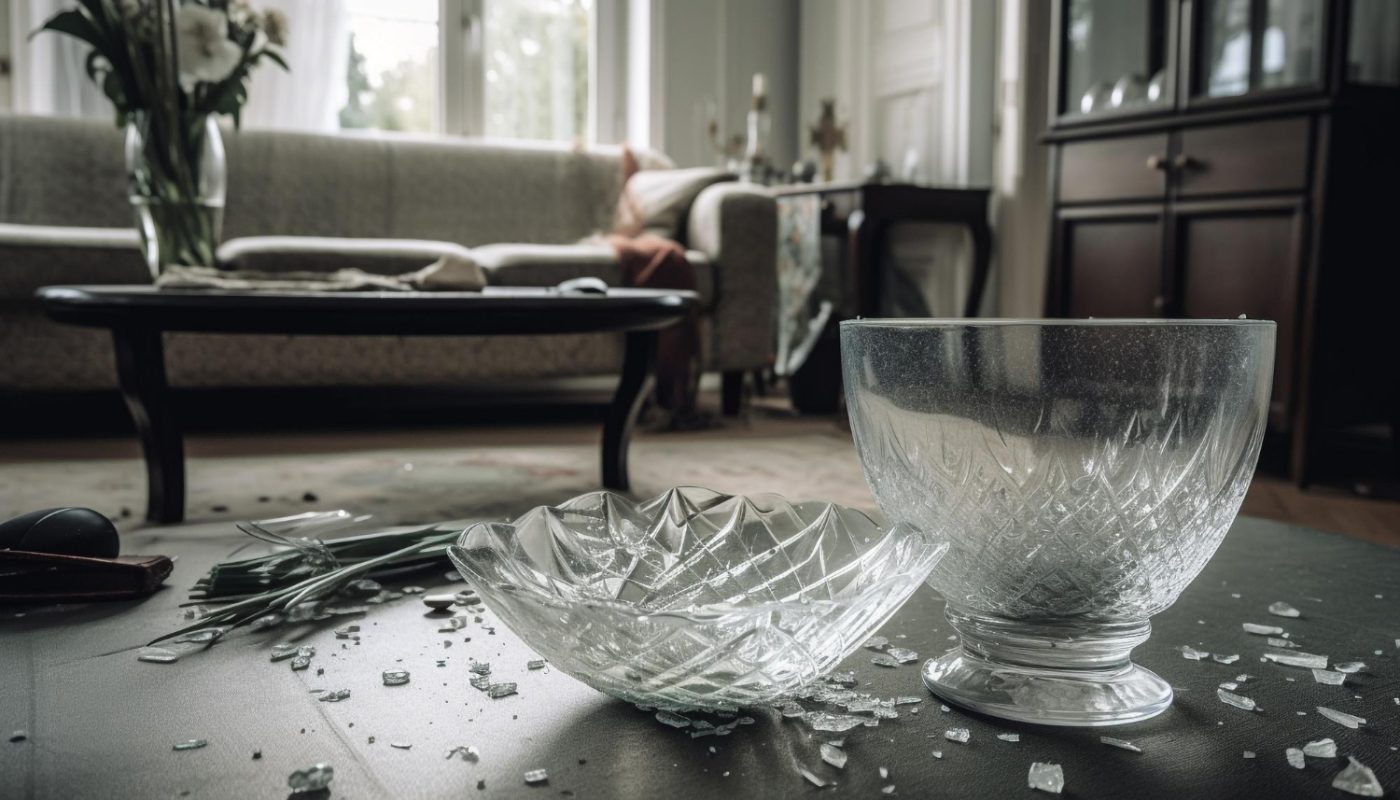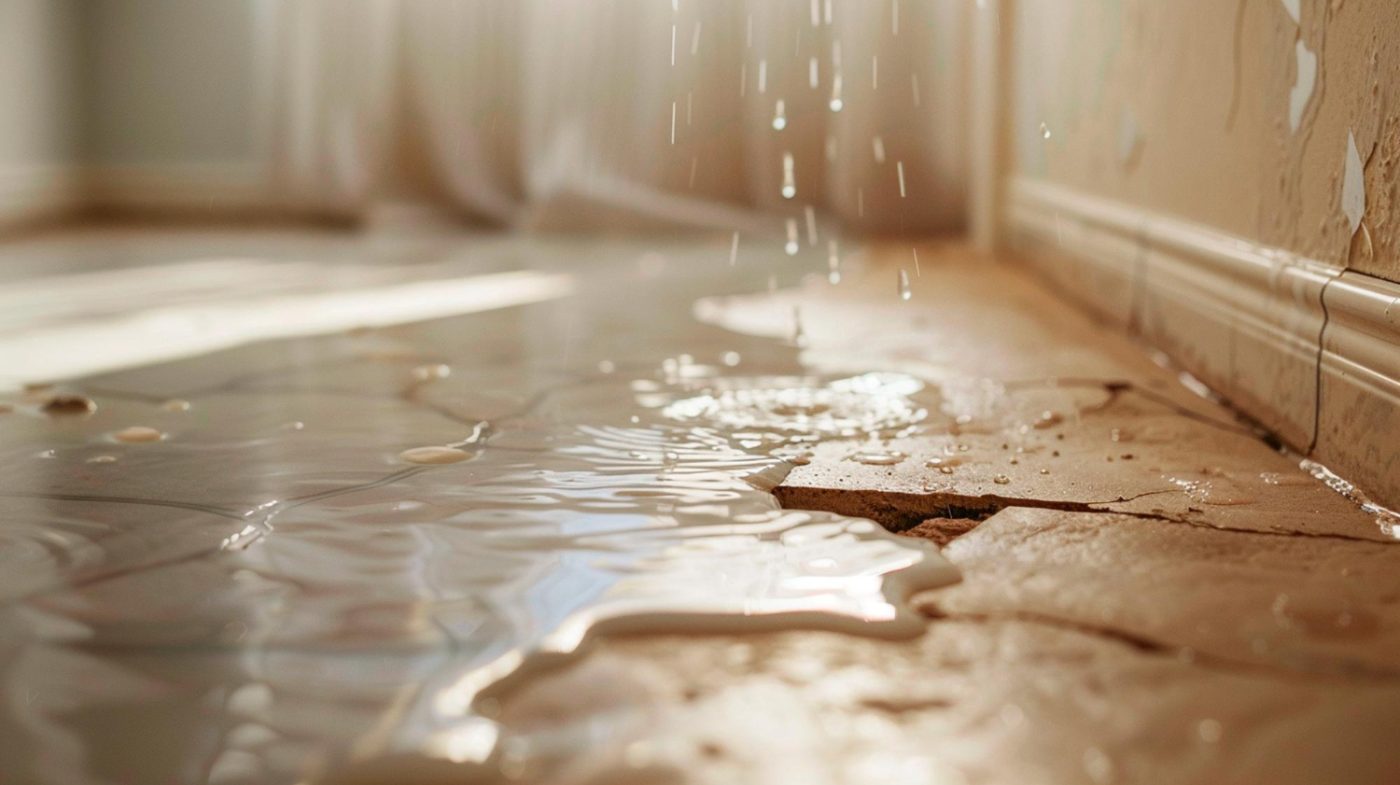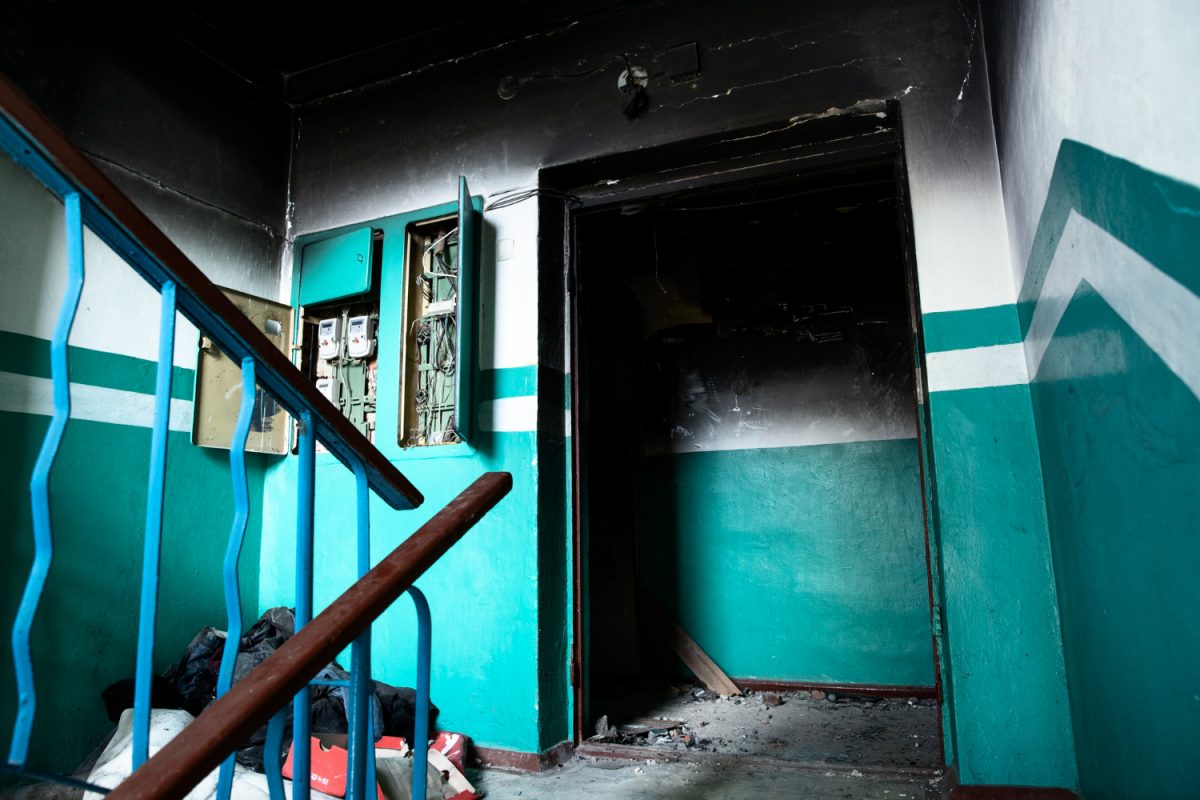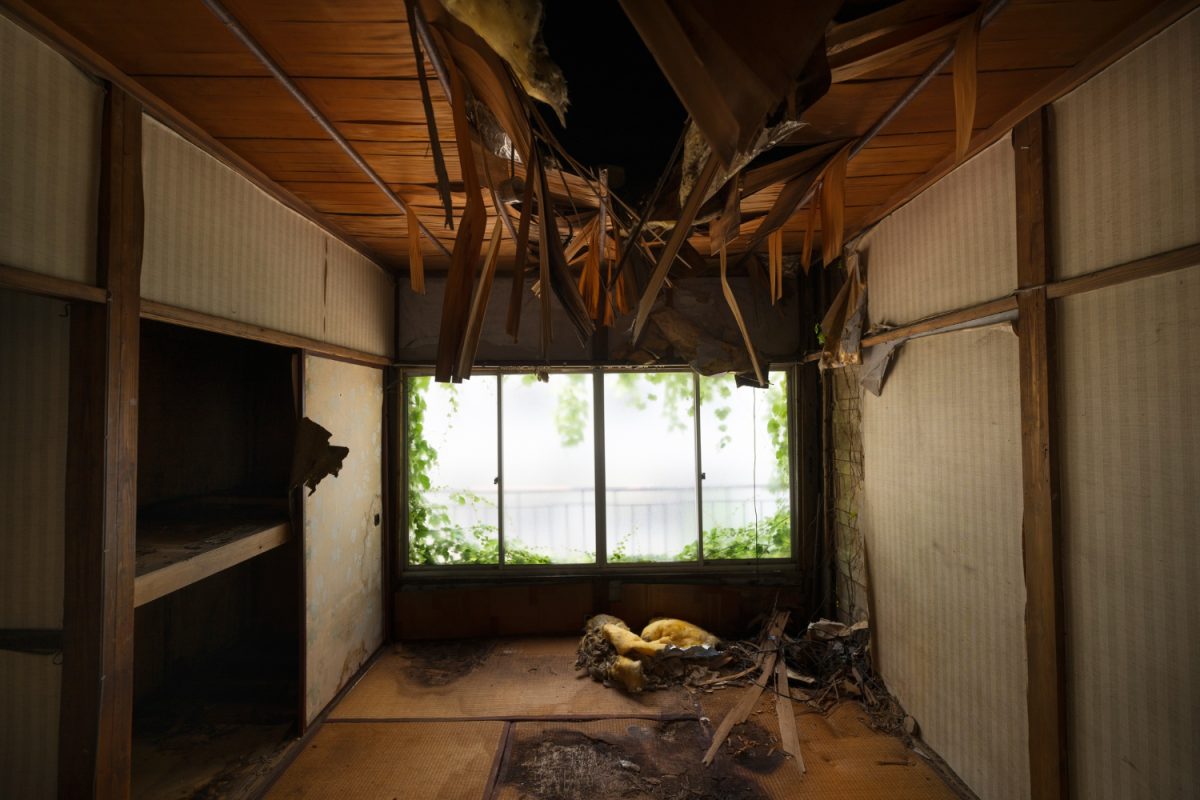Are you in the market for a new house but worried about potential water damage issues? Look no further – we’ve got you covered. In this comprehensive guide, we will walk you through the process of safely buying a water-damaged house.
Water damage can be a major concern when considering a property purchase. From mold growth to structural damage, it’s important to fully understand the risks and take the necessary precautions. This guide will provide you with all the information you need to make an informed decision.
Whether you’re a first-time homebuyer or a seasoned investor, our step-by-step approach will help you navigate the complexities of buying a water-damaged house. We will discuss the importance of thorough inspections, evaluating repair costs, negotiating the purchase price, and working with experienced professionals to ensure a successful transaction.
Don’t let the prospect of water damage deter you from finding your dream home. With this comprehensive guide, you’ll have the knowledge and confidence to make a safe and smart investment. So, let’s dive in and get you one step closer to buying your ideal water-damaged house.
Understanding water-damaged houses
Water damage can occur in a house due to various reasons, such as leaky pipes, flooding, or natural disasters. When a house experiences water damage, it can lead to a range of problems, including mold growth, structural deterioration, and electrical issues. Understanding the potential risks and challenges associated with water-damaged houses is crucial when considering purchasing one.
One of the primary concerns with water-damaged houses is the potential for mold growth. Mold can thrive in damp environments and can be a serious health hazard, causing respiratory problems, allergic reactions, and even neurological issues. Identifying and addressing mold issues is crucial, as it can be costly and time-consuming to remediate.
Another significant issue with water-damaged houses is the potential for structural damage. Water can weaken the foundation, walls, and other structural elements of a house, compromising its integrity and safety. Evaluating the extent of structural damage and the associated repair costs is essential when considering the purchase of a water-damaged property.
Pros and cons of buying a water-damaged house
Buying a water-damaged house can have both advantages and disadvantages. On the positive side, these properties are often available at a significantly discounted price, making them an attractive option for buyers looking to get a good deal. Additionally, with the right repairs and renovations, a water-damaged house can be transformed into a beautiful and functional home.
However, the potential downsides of buying a water-damaged house should not be overlooked. The cost of repairs can quickly add up, and in some cases, the damage may be so extensive that the property is not worth the investment. Furthermore, the process of restoring a water-damaged house can be complex and time-consuming, requiring specialized expertise and a significant financial investment.
It’s important to carefully weigh the pros and cons before deciding to purchase a water-damaged house. Factors such as the extent of the damage, the estimated repair costs, and the long-term viability of the property should all be carefully considered. By understanding the risks and potential benefits, buyers can make an informed decision that aligns with their financial and personal goals.

Assessing the extent of water damage
Assessing the extent of water damage is a crucial step in the process of buying a water-damaged house. This assessment will help you understand the severity of the damage, the necessary repairs, and the associated costs. It’s important to conduct a thorough inspection to identify all areas affected by water damage, as some issues may not be immediately visible.
One of the first things to look for is visible signs of water damage, such as discoloration on walls or ceilings, warped or cracked floors, and the presence of mold or mildew. These visible signs can provide a good starting point for further investigation.
In addition to visual inspections, it’s also important to conduct more comprehensive assessments, such as moisture testing and structural evaluations. Moisture testing can help identify areas with high moisture levels, which may indicate the presence of hidden water damage. Structural evaluations can assess the integrity of the building’s foundation, walls, and other critical components, and identify any structural issues that may have been caused by water damage.
Hiring a professional home inspector
When buying a water-damaged house, it’s essential to hire a professional home inspector to conduct a thorough assessment of the property. A qualified home inspector can provide valuable insights into the extent of the water damage, the necessary repairs, and the potential long-term implications of the issues.
A professional home inspector will have the expertise and specialized equipment to identify and evaluate all aspects of the water damage, including mold, structural issues, and electrical problems. They can also provide a detailed report outlining the findings, the recommended repairs, and the estimated costs.
It’s important to choose a home inspector with experience in assessing water-damaged properties. They should be able to provide references and demonstrate their expertise in this area. Additionally, it’s a good idea to have the inspector accompany you during the initial walkthrough of the property, as this can provide valuable insights and allow for a more comprehensive assessment.
Evaluating repair costs and budgeting
Once you have a clear understanding of the extent of the water damage, the next step is to evaluate the repair costs and create a detailed budget. This process can be complex, as the full extent of the damage may not be immediately apparent, and unexpected issues may arise during the repair process.
When evaluating repair costs, it’s important to consider a range of factors, including the cost of materials, labor, and any necessary permits or inspections. Additionally, you’ll need to factor in the cost of addressing any underlying issues, such as mold remediation or structural repairs.
Creating a detailed budget is crucial to ensure that you have a realistic understanding of the financial investment required to restore the property. This budget should include not only the repair costs but also any additional expenses, such as temporary housing, insurance premiums, and ongoing maintenance.
It’s important to work with experienced contractors and construction professionals to obtain accurate estimates and to ensure that the repair work is carried out to the highest standards. This can help you avoid unexpected costs and ensure that the property is restored to a safe and livable condition.

Negotiating a fair purchase price
Once you have a clear understanding of the repair costs and the overall condition of the property, the next step is to negotiate a fair purchase price. Buying a water-damaged house can be a complex negotiation process, as the buyer and seller may have very different perspectives on the value of the property.
When negotiating the purchase price, it’s important to consider a range of factors, including the current market value of the property, the estimated repair costs, and any potential long-term issues that may arise. It’s also important to be realistic about the potential resale value of the property, as this can impact the overall investment.
To negotiate effectively, it’s important to have a clear understanding of the local real estate market and to work with an experienced real estate agent who can provide valuable insights and guidance. Additionally, it’s important to be prepared to walk away from the deal if the purchase price is not fair or if the repair costs are too high.
By negotiating a fair purchase price, you can ensure that you are making a sound investment and that the overall cost of the property, including the repair work, is within your budget.
Dealing with insurance claims and coverage
When buying a water-damaged house, it’s important to understand the role of insurance coverage and how to navigate the claims process. Depending on the extent of the damage and the specific circumstances, the previous owner’s insurance policy may provide coverage for some or all of the necessary repairs.
It’s important to carefully review the insurance policy and understand the coverage limits, deductibles, and any exclusions that may apply. Additionally, you’ll need to work closely with the insurance provider to document the extent of the damage and to ensure that the necessary repairs are covered.
In some cases, the previous owner’s insurance policy may not provide adequate coverage, or the policy may have lapsed. In these situations, you may need to obtain your own insurance policy to cover the necessary repairs. It’s important to shop around and compare policies to ensure that you are getting the best coverage at the most competitive rates.
Throughout the claims process, it’s important to keep detailed records of all communication with the insurance provider, as well as any estimates or invoices related to the repair work. This can help ensure that the claims process is as smooth and efficient as possible.
Hiring reputable contractors for repairs
Once you have a clear understanding of the repair costs and have negotiated a fair purchase price, the next step is to hire reputable contractors to carry out the necessary repairs. Choosing the right contractors is crucial, as the quality of the work can have a significant impact on the long-term viability of the property.
When hiring contractors, it’s important to do your due diligence and research their qualifications, experience, and reputation. Look for contractors who have specific expertise in water damage restoration and mold remediation, as these specialized skills are essential for addressing the unique challenges of a water-damaged property.
In addition to evaluating the contractors’ technical skills, it’s also important to consider their communication skills, project management abilities, and customer service. A reputable contractor should be able to provide clear and transparent communication throughout the repair process, and should be responsive to any questions or concerns you may have.
It’s also a good idea to obtain multiple bids and to carefully compare the scope of work, materials, and labor costs. This can help ensure that you are getting the best value for your money and that the repair work is being carried out to the highest standards.

Taking preventive measures to avoid future water damage
Once the necessary repairs have been completed, it’s important to take proactive steps to prevent future water damage. This can involve a range of measures, from regular maintenance and inspections to the installation of specialized systems and technologies.
One of the most important preventive measures is to ensure that the property’s plumbing and drainage systems are in good working order. This may involve regular inspections, the replacement of old or damaged pipes, and the installation of water monitoring or leak detection systems.
Another important preventive measure is to address any structural issues that may have contributed to the water damage. This may involve the repair or reinforcement of the foundation, the installation of waterproofing systems, or the implementation of other measures to improve the property’s resistance to water intrusion.
In addition to these physical measures, it’s also important to develop a comprehensive maintenance plan that includes regular inspections, cleaning, and the prompt addressing of any issues that may arise. This can help ensure that the property remains in good condition and that any potential water damage is identified and addressed quickly.
Finalizing the purchase and ensuring a smooth transition
Once all the necessary repairs and preventive measures have been completed, the final step is to finalize the purchase and ensure a smooth transition into your new home. This process can involve a range of legal and administrative tasks, such as the completion of the sale contract, the transfer of ownership, and the coordination of any necessary paperwork.
Throughout this process, it’s important to work closely with your real estate agent, legal counsel, and any other professionals involved to ensure that all the necessary steps are taken and that the transaction is completed in a timely and efficient manner.
It’s also important to consider the practical aspects of the transition, such as the coordination of moving logistics, the setup of utilities and other services, and the integration of the property into your daily life. By planning ahead and working closely with the appropriate professionals, you can ensure a smooth and seamless transition into your new water-damaged home.

